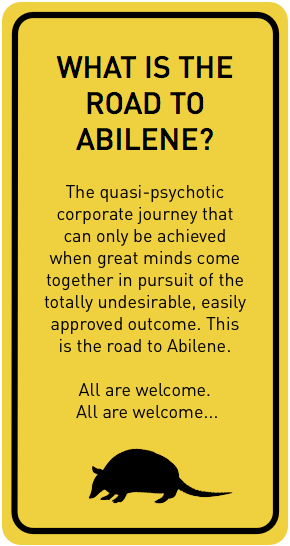
When I was about 10 my father took me to the Magic Castle in Hollywood. What a strange and wonderful place. In every nook and cranny there was something mysterious and amazing (at least for a 10 year old). However, what stuck in my mind was not the lady cut in half, nor pianos that played themselves, but the roaming magicians who would perform small miracles up close with sleight-of-hand. If you have ever witnessed a true hand mechanic, you’ll know of what I speak. Your mind bends as your eyes defy your intellect. Hands are truly amazing instruments.
What sparked this memory was a recent trip to a good Dunkin’ Donuts. You know what I mean by a good Dunkin’. There are Dunkin’ Donuts and then there are Dunkin’ Donuts. All the food is the same across the franchise: the donuts are fresh, the coffee is hot, and the bagels toasty. The employees even smile the same amount. Until now I couldn’t put a finger on why I felt a difference between my favorite Dunkin’ and the rest. I think I know now.
The secret is in the hands.
The next time you go to a retail establishment, be it Fast Food or a Car Wash, watch the employees’ hands. They tell a story. At my favorite Dunkin’ the employees’ hands move like olympic synchronized swimmers. They exhibit fluidity, speed, deftness, and the practiced hand movements of concert pianists. At my least favorite Dunkin’, the employees seem to be wearing invisible weighted baseball mitts. To watch them mix cream and sugar makes me crazy, and don’t get me started on spreading cream cheese. It’s like watching a glacier move across the tundra. Eyes may be the window to the soul, but hands hold the light of truth. Hands don’t lie.
Our hands connect us to the world. They are our interface. Our language is filled with metaphor incorporating the word hand. “Let’s get a handle on this.” “He’s got the upper hand.” “Let’s give her a hand.” “He’s got the whole world in is hands.” For some, physical hands are the primary means of communication.
My theory is this: you can tell a great brand by how deftly the employees’ hands interact with their environment, from handling merchandize to ringing up items to filling out return forms. I think hands are a leading indicator. Slow, hesitant, close to the body, clumsy = brand in trouble. Snappy, outstretched, active, practiced = brand on the rise. The hands are in the driver’s seat. More precisely, they are on the wheel, and the moment they come off, you’re on the road to Abilene.



